Only logged in customers who have purchased this tour may leave a review.
Isabela Day Tour
Isabela Island is the largest island of the archipelago, for several people is the most wanted, perhaps for isolation sensation going there or maybe for the long walks on a white sand beach. But if you don’t have enough time to spend 2 or 3 days on this beautiful island, with this option you can enjoy at least a little of Isabela. You will visit the Poza de las Diablas, a wetland passarell; then the Arnaldo Tupiza Tortoise Breeding Center, and finally an excursion to Las Tintoreras Islet with a short hike and the opportunity to snorkel.
Duration
8 hour
Length
Full Day
Team
Bilingual guide
Meals
Lunch
Group Size
16
Key Features
-
American flamingos
-
“Los aplastados” or the flat tortoises
-
Godzilla marine iguanas
-
“Las tintoreras” or whitetip reef sharks
Description
The trip to go from Puerto Ayora to Puerto Villamil takes about 2.5 hours. You will visit two interesting places in Isabela with your certified guide. First, you will start with a tour along the main street of Puerto Villamil, where normally from the very beginning of the main dock you will be welcomed by some sea lions, “Godzilla” marine iguanas, and seabird. Then you will go to the Arnaldo Tupiza Tortoise Breeding Center, where you will see five different species of Isabela tortoises and several babies. Along a wetland passarell, you will have the chance to see flamingos, black-necked stilt, and white-cheeked pintail ducks.
After a lunch at a local restaurant, you will go back to the main dock to take a boat for a short sail to Las Tintoreras Islet, during the sail you will be able to look at the endemic penguin along the coast. Once there, you will have a dry landing and before a 30 minutes hike, you will find more wildlife, like blue sharks, seabirds, sea lions, and more marine iguanas. After the walk you will return to the boat to get ready for the snorkel, in these protected waters you might have the chance to swim with sea lions, sea turtles, rays, fish, and sometimes even penguins. After this activity, you will get back to the speedy boat to get back to Puerto Ayora.
Isabela Day Tour
- Wildlife
- Hike
- Snorkel
Isabela Island, Ecuador
Travel Tip
The order of the activities may be different since the itinerary of each tour depends on the permissions of the GNPS.
Information
Tour details.
- Departure
- Main dock of Puerto Ayora at 6:30 am
- Departure Time
-
- 7:00 am
- Return Time
-
- 5:00 pm
- Included
-
-
Bilingual guide
-
Transportation
-
Lunch
-
- Not Included
-
-
Extra drinks
-
Tips
-
Wet Suits
-
Isabela Municipality tax: 10 USD per foreigner tourist and 5 USD to ecuadorians.
-
Aqua-taxi: about 1.5 USD
-
Meeting point
Main dock of Puerto Ayora at 6:30 am.
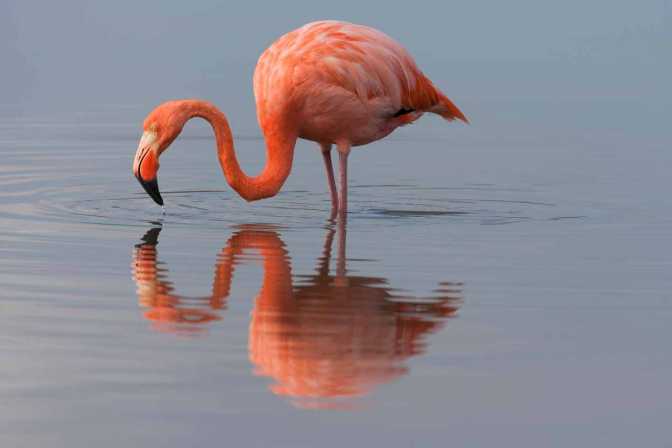

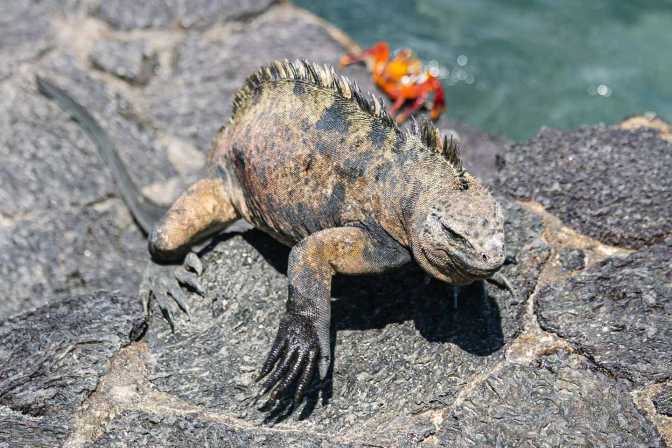
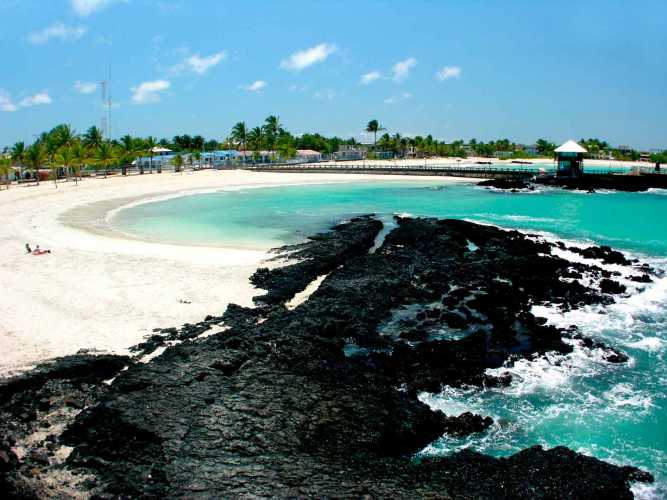
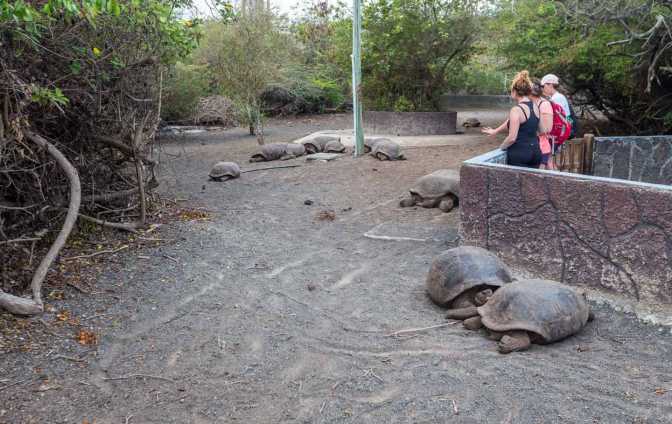
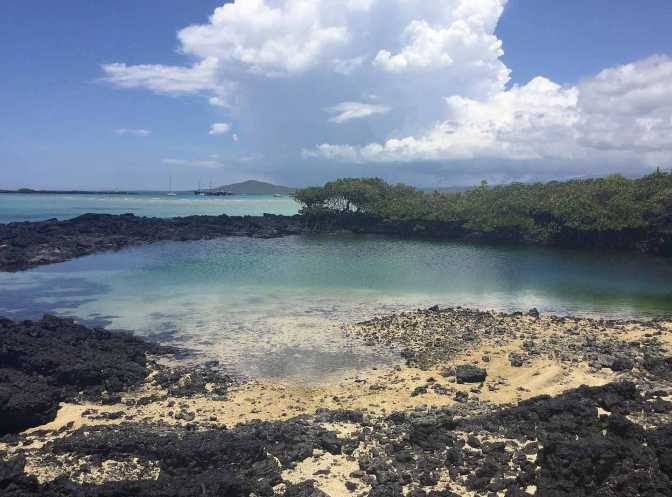
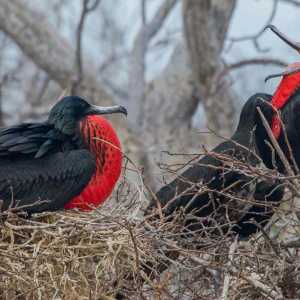
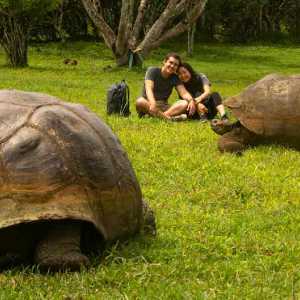
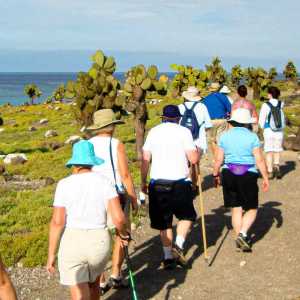


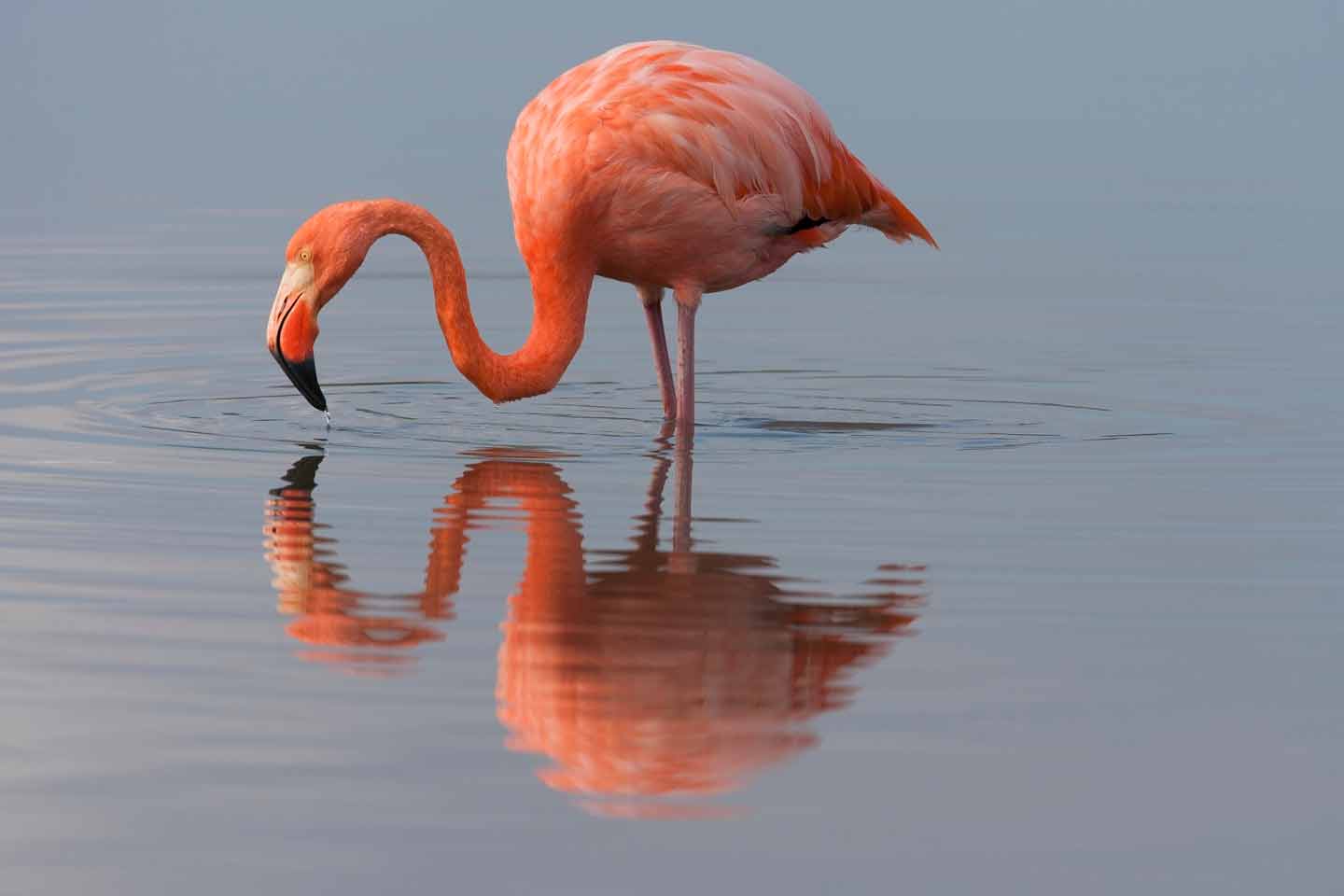

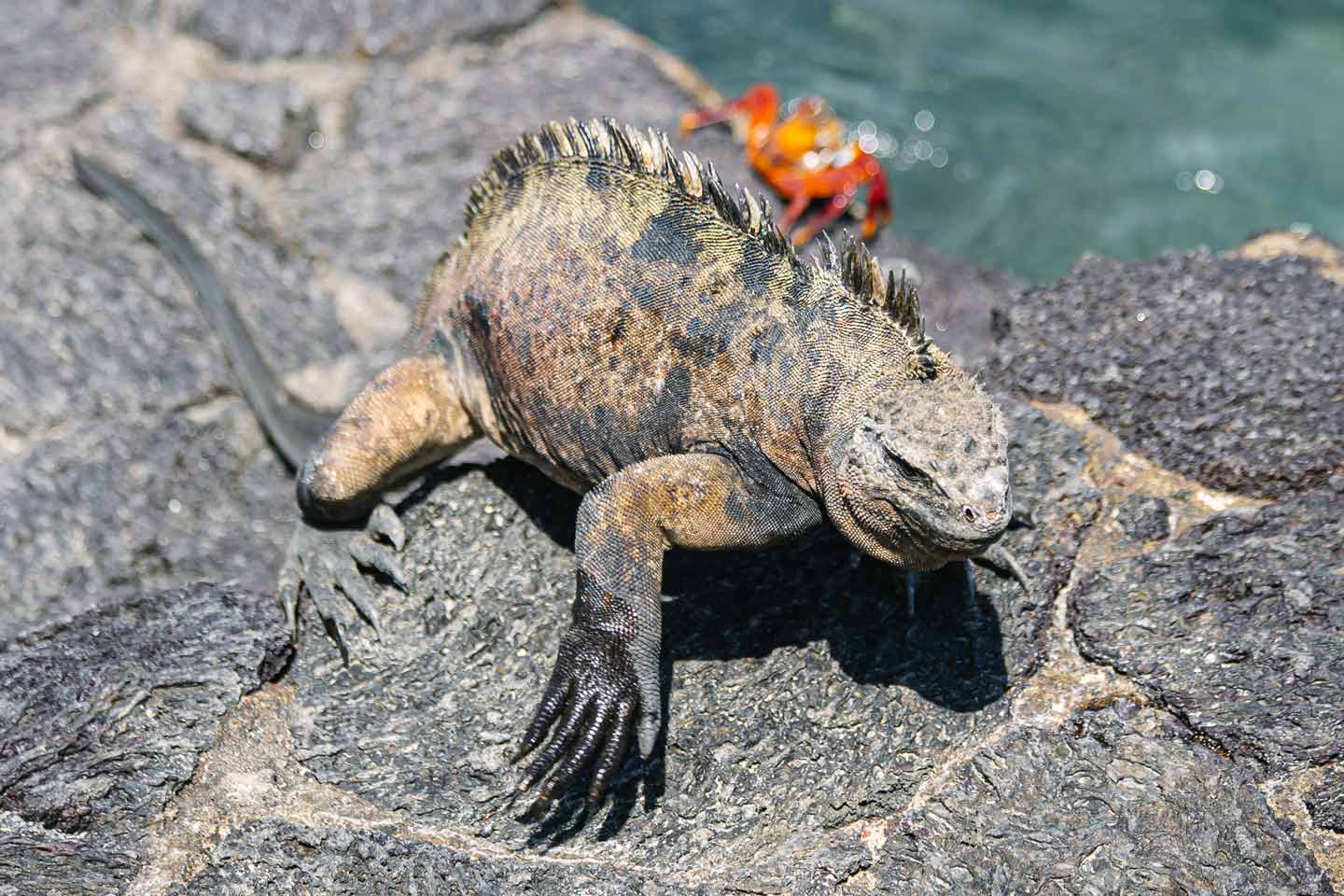


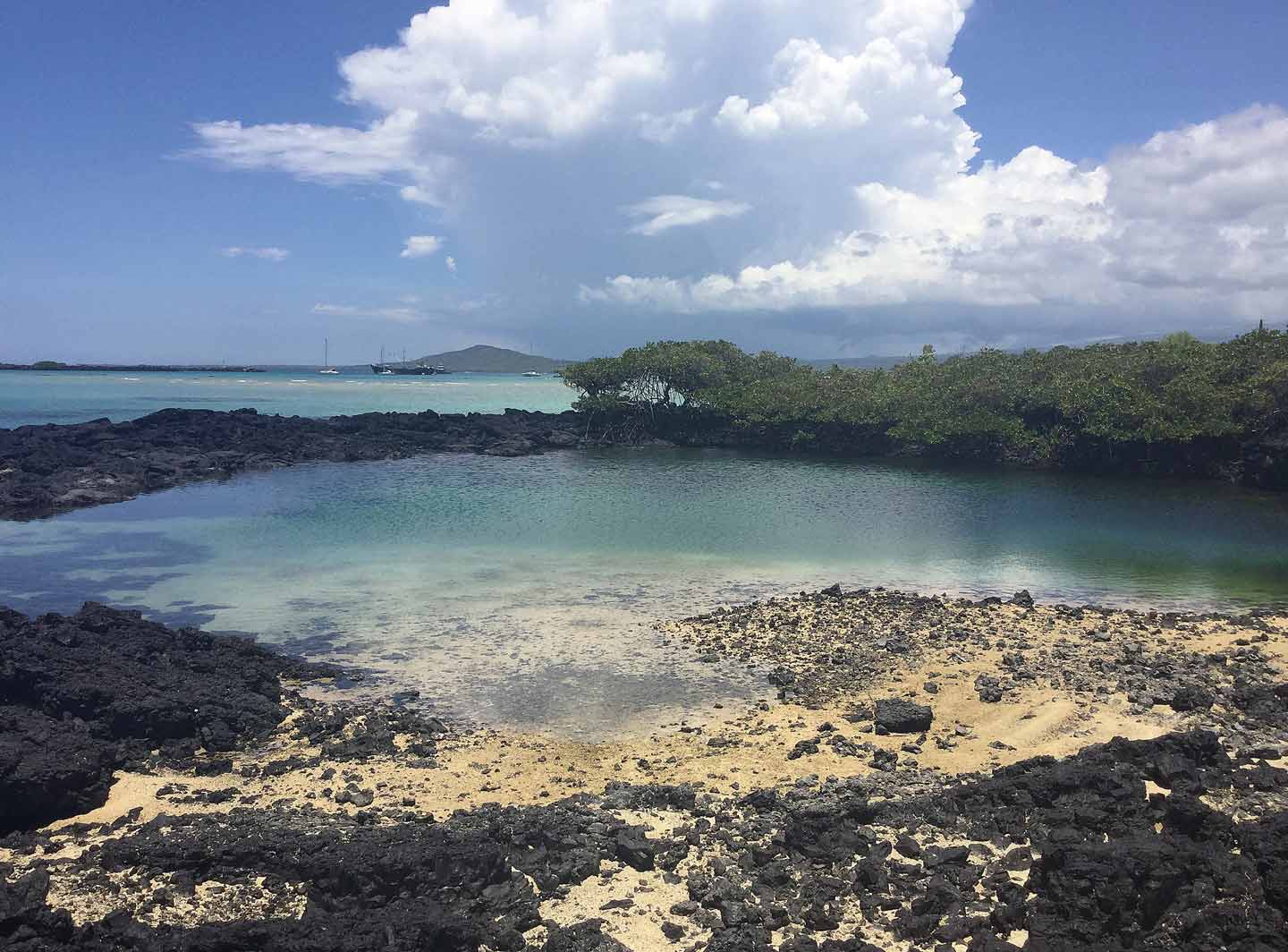
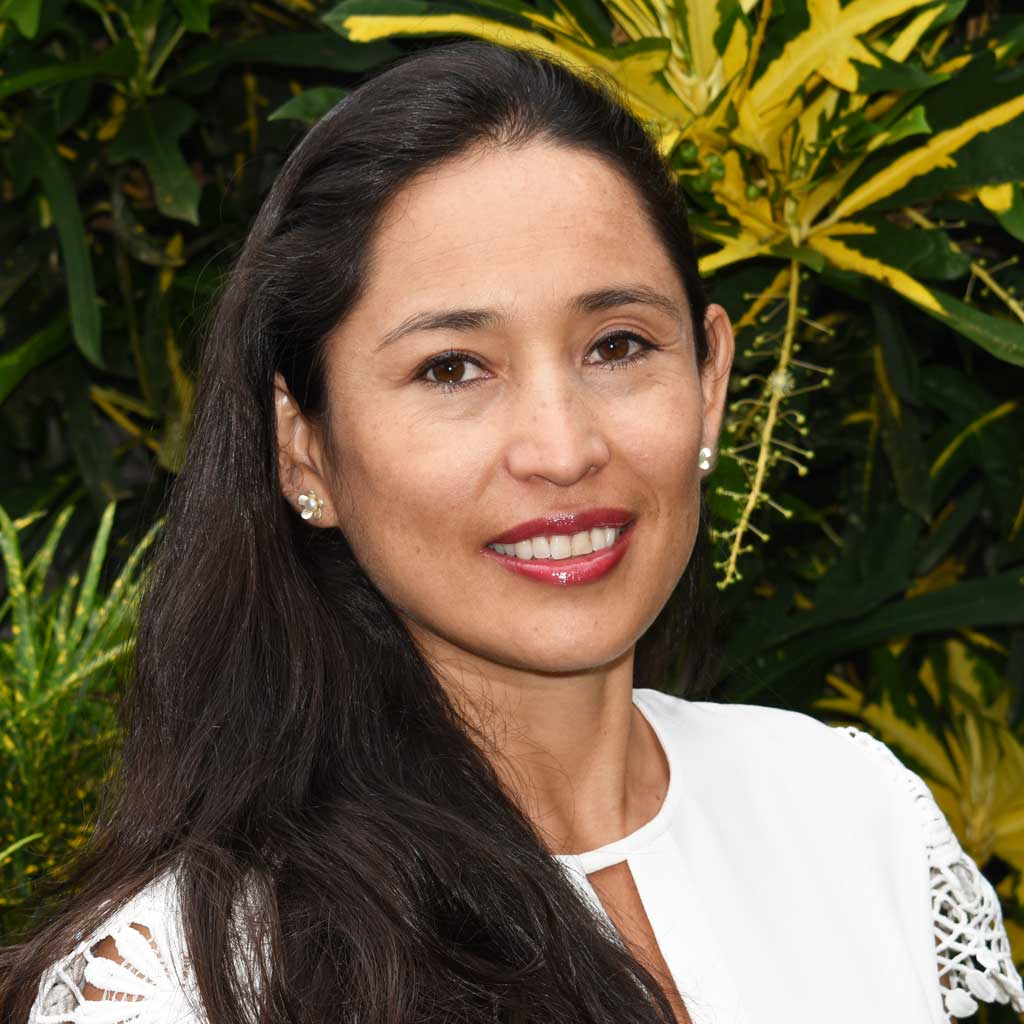
Reviews
There are no reviews yet.